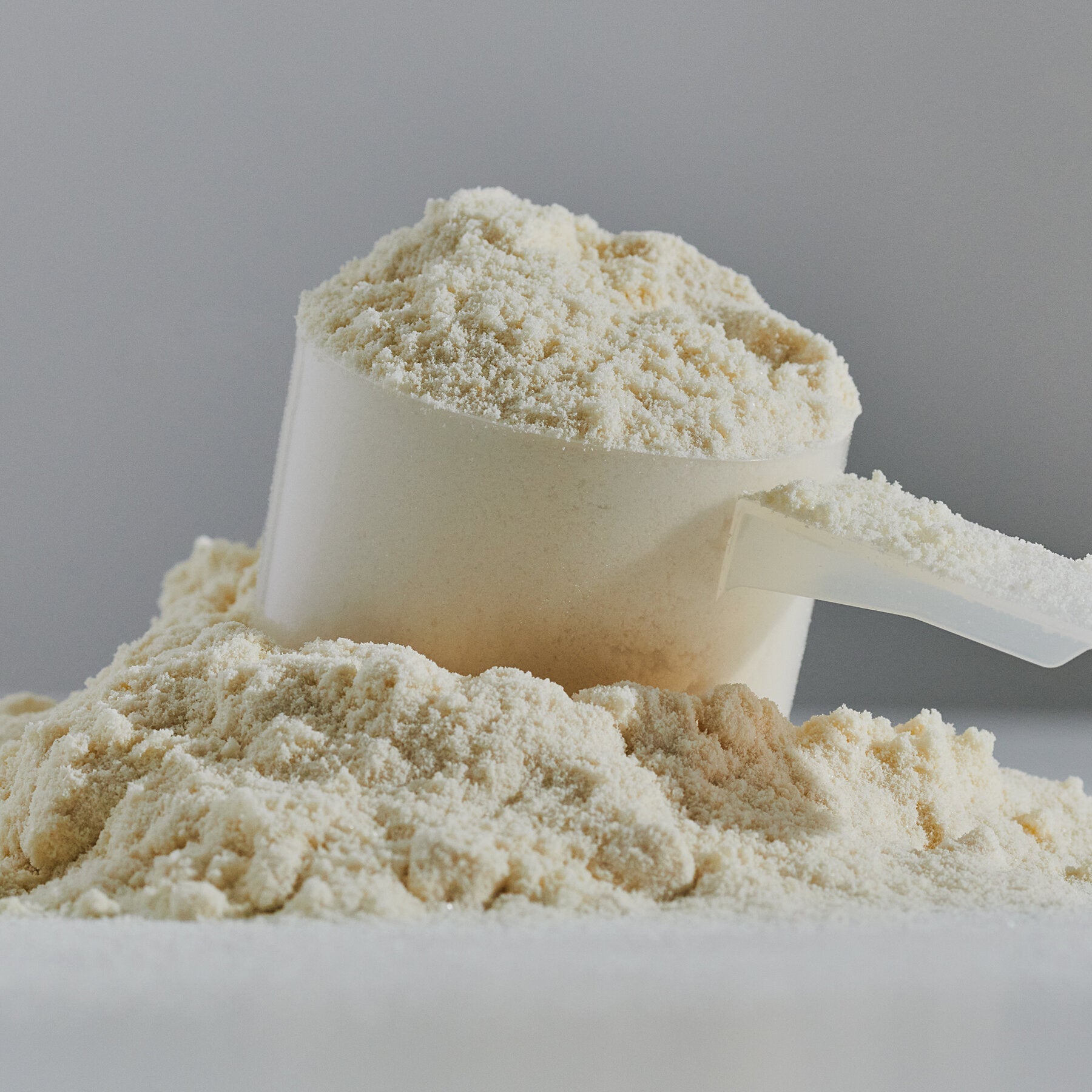In a shocking revelation that has fitness enthusiasts rethinking their routines, a recent investigation by Consumer Reports uncovered elevated levels of lead in popular protein powders and shakes. Testing widely available products, the report found that more than two-thirds exceeded a self-imposed safety threshold of 0.5 micrograms of lead per serving.
This isn’t an isolated incident—similar studies have highlighted heavy metal contamination in supplements for years, but the latest data underscores a persistent problem in the booming $40 billion protein supplement industry.
Lead, a toxic heavy metal, sneaks into these products primarily through plant-based ingredients like rice, peas, and hemp, which absorb contaminants from polluted soil during growth. Even animal-derived proteins aren’t immune if sourced from contaminated feeds. While manufacturers claim rigorous testing, the variability in results suggests gaps in quality control. Two products tested were so high in lead that experts recommend avoiding them entirely, as a single serving could deliver over 1,000% of concerning levels.
The health risks of trace lead exposure, especially from daily supplements, are far from trivial. Chronic low-level intake can accumulate in the body, leading to kidney dysfunction, hypertension, and neurocognitive effects in adults. For children and pregnant women, the stakes are higher: lead can impair brain development, cause reproductive issues, and even contribute to irreversible damage. While occasional use might not trigger immediate harm, experts warn that cumulative exposure from multiple sources—supplements, water, or food—amplifies the danger. California’s Proposition 65 sets a reproductive harm warning limit at 0.5 micrograms per day, a benchmark many products surpass.
This contamination crisis in protein powders serves as a stark reminder to prioritize real, whole foods for our nutritional needs. Nature’s protein sources—think lean meats, eggs, fish, dairy, nuts, and legumes—offer not just protein but a symphony of vitamins, minerals, and bioactive compounds that supplements often lack. A grilled chicken breast or a handful of almonds provides bioavailable nutrients without the risk of hidden toxins. Shifting to these options can enhance overall health, supporting muscle repair, satiety, and metabolic function more effectively than isolated powders.
Yet, even as we turn to “real food,” the reality is sobering: our modern food supply is riddled with its own contaminants. Heavy metals like lead, cadmium, and arsenic lurk in everyday staples due to industrial pollution, soil depletion, and agricultural practices. Fertilizers and pesticides exacerbate the issue, leaching metals into crops and water sources. Environmental contaminants enter the food chain through air, water, and soil, affecting everything from vegetables to seafood. Organic farming helps mitigate some risks, but even certified organic foods can harbor traces if grown in historically polluted areas. Pesticide residues, meanwhile, persist on produce, contributing to gastrointestinal issues and long-term health concerns.
Adding to the woes, processed foods dominate shelves, often laced with seed oils like soybean, corn, and canola oil. These oils, extracted through industrial processes, are ubiquitous in snacks, baked goods, and fast food. Critics argue they promote inflammation due to high omega-6 fatty acids, potentially fueling chronic diseases like obesity and heart issues. While evidence on seed oils alone is mixed—some studies show they aren’t inherently harmful—the real culprit is their presence in ultra-processed foods loaded with sugar, sodium, and empty calories. These products disrupt gut health, spike blood sugar, and contribute to widespread nutritional imbalances.
Perhaps most alarmingly, modern agriculture has led to a “nutrient collapse” in our foods. Over the past 60 years, intensive farming, soil erosion, and high-yield varieties have depleted essential micronutrients like iron, zinc, and magnesium in crops. Fruits and vegetables today contain up to 50% less of these vital elements compared to mid-20th-century levels. Our ancestors thrived on diverse, wild-foraged diets rich in “nutritional dark matter”—bioactive compounds absent in today’s industrialized fare. Neolithic shifts to grains and dairy already diluted nutrient density, but modern ultra-processed foods exacerbate this, leading to “hidden hunger” amid caloric abundance.
So, how do we navigate this minefield? Start by sourcing locally and organically when possible to reduce contaminant exposure. Embrace ancestral eating patterns: focus on whole, unprocessed foods like grass-fed meats, wild-caught fish, and heirloom vegetables that echo our evolutionary needs. 2Diversify your plate to maximize micronutrients, and consider soil-regenerating practices that boost food quality. Supplements have their place, but choose third-party tested brands to minimize risks. Ultimately, reclaiming real food isn’t just about avoiding lead—it’s about rediscovering nourishment in an era of nutritional erosion. Your body will thank you.










Share:
A Grand Addition: The White House’s New Ballroom and the Path to Fiscal Discipline
Sora 2: Blurring the Line Between Reality and Fiction